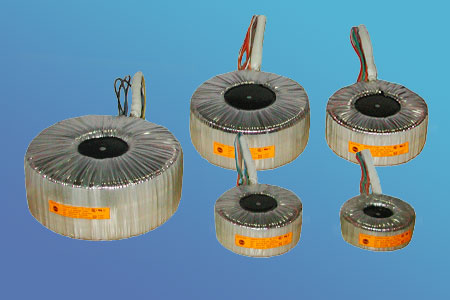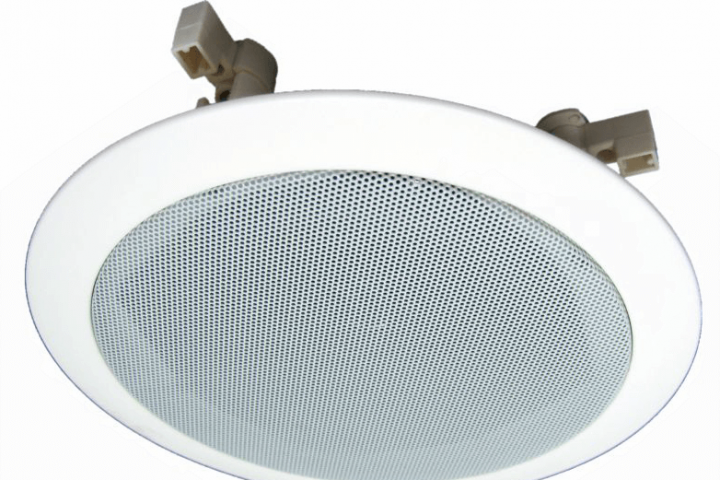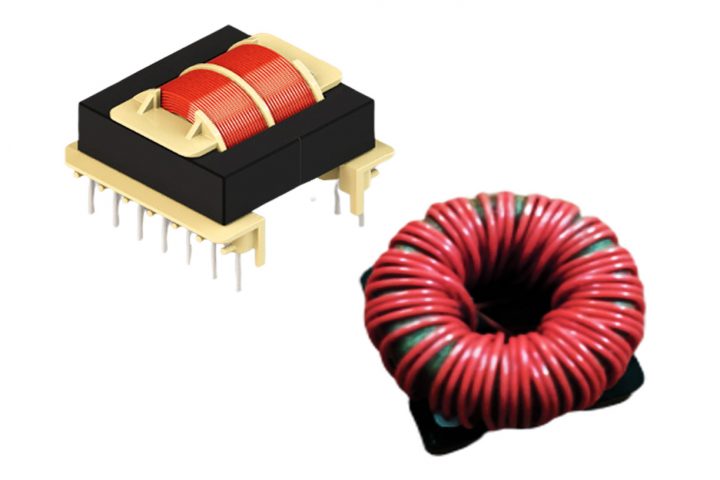Medical grade isolation transformers are designed to isolate the patient and the operator from an electric shock and to protect the equipment from power surges or faulty components.Continue reading
Using Transformers for Electrical Isolation in Medical Devices
Toroidal transformers are ideal for electrical isolation in medical equipment because they are compact, can be completely encapsulated when necessary, and have low stray fields, making them less likely to cause electromagnetic disturbances.Continue reading
Leakage Current in Medical Devices
Medical electrical equipment, even though operating perfectly, may still be hazardous to the patient. This is because every piece of electrical equipment produces a leakage current. Learn how proper design ensures patient safety.Continue reading
Medical Electrical Equipment Safety and Regulation
Medical equipment can expose patients and caregivers to potential electrical hazards. Several international standards exist to ensure adequate protection is incorporated into equipment designs.Continue reading
An Introduction to Medical Electrical Devices
Medical devices form an important component of patient care. Their complexities are coupled with the presence of power factors in most medical devices, thus leading to heightened safety standards and procedures.Continue reading
Line-Matching Transformer Design Considerations
Designing a line-matching transformer for distributed audio requires striking a balance between multiple factors in order to deliver sufficient quality at a reasonable costContinue reading
Line-Matching Transformers for Constant Voltage Speaker Systems
Line-matching transformers are a key component of constant voltage speaker systems, which are used to distribute audio signals to multiple loudspeakers and locationsContinue reading
12 Steps for Designing Gate Drive Transformers
Following these 12 steps when designing gate drive transformers will ensure a long component life and optimal performanceContinue reading
8 Things to Consider Before Designing a Gate Drive Transformer
Several important factors need to be considered when designing an optimized gate drive transformer (GDT). This article discusses several GDT design considerations, as well as ideal applications for their use. Two of the critical components to control when designing a gate-drive transformer are the leakage inductance and distributed capacitance. High leakage inductance and distributed capacitance...Continue reading
Gate Drive Transformer Pulse Response Characteristics
A gate drive transformer must reproduce the shape of an input pulse as accurately as possible at its secondary terminals. The performance of a gate drive transformer’s pulse characteristics is specified in terms of its effect on the shape of the pulse input current/voltage. It is important that the transformer must reproduce the shape of...Continue reading







